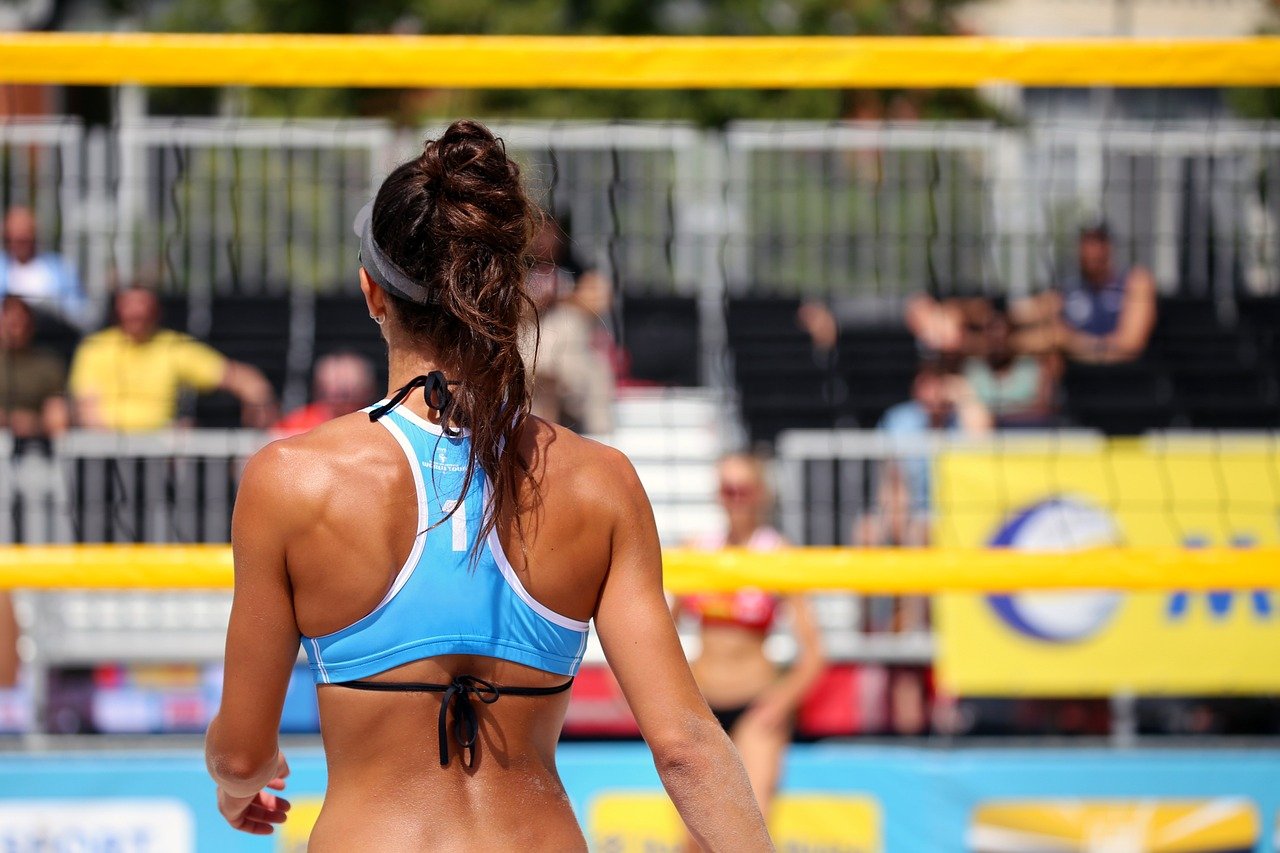The roar of the crowd, the crack of the stick against the puck, and the lightning-fast skaters gliding across the ice – hockey is more than just a sport; it’s a passion, a spectacle, and a cultural phenomenon. From its humble beginnings to the global stage, hockey has captured the hearts of millions. This blog post delves into the exciting world of hockey, exploring its history, rules, skills, leagues, and why it continues to captivate fans worldwide.
A Brief History of Hockey
Early Origins and Evolution
Hockey’s roots can be traced back to various stick-and-ball games played in Europe. However, the modern game we know and love today largely developed in Canada during the 19th century.
- Early forms: Field hockey and bandy are considered ancestors of ice hockey.
- Montreal’s Role: The first organized indoor ice hockey game took place in Montreal in 1875.
- Development of Rules: Standardized rules began to emerge in the late 1800s, shaping the game’s structure.
By the 20th century, hockey leagues started forming, paving the way for professional hockey as we know it today.
Key Milestones and Figures
Throughout its history, hockey has seen numerous pivotal moments and influential figures that have shaped the sport.
- Formation of the NHL: The National Hockey League (NHL) was established in 1917, becoming the premier professional hockey league.
- Legendary Players: Names like Wayne Gretzky, Gordie Howe, and Bobby Orr have become synonymous with hockey greatness.
- Olympic Inclusion: Ice hockey was first included in the Winter Olympics in 1920, boosting its international profile.
Each era of hockey has brought its own legends and innovations, contributing to the rich tapestry of the sport’s history.
Understanding the Rules of Hockey
Basic Gameplay and Objectives
The primary objective in hockey is simple: score more goals than the opposing team. This involves players using their sticks to shoot a vulcanized rubber disc (the puck) into the opponent’s net.
- Teams: Each team typically consists of six players on the ice at a time (five skaters and one goalie).
- Game Duration: A standard game consists of three 20-minute periods with intermissions in between.
- Winning: The team with the most goals at the end of regulation time wins. If the game is tied, overtime may be played, followed by a shootout if necessary.
Understanding these basic elements is crucial for any hockey enthusiast.
Common Penalties and Infractions
Hockey is a physical game, but there are strict rules to ensure player safety and fair play. Penalties are assessed for various infractions.
- Minor Penalties: Include infractions like tripping, hooking, and interference (usually result in a two-minute penalty).
- Major Penalties: More serious infractions such as fighting or intent to injure can result in a five-minute penalty.
- Misconduct Penalties: Penalties for unsportsmanlike conduct or abuse of officials.
When a penalty is called, the offending player must sit in the penalty box, and their team plays shorthanded for the duration of the penalty.
Essential Hockey Skills
Skating Techniques
Skating is arguably the most fundamental skill in hockey. Players need to be proficient in various skating techniques to excel.
- Forward Skating: Efficient forward strides are crucial for speed and agility.
- Backward Skating: Important for defensemen and players transitioning back.
- Crossovers: Used for turning and gaining speed around the rink.
- Edgework: The ability to control the edges of the skates for precise movements and stability.
Proper skating technique is essential for players at all levels, from beginners to professionals.
Puck Handling and Shooting
Controlling the puck and accurately shooting it are vital for offensive success.
- Dekeing: Faking out opponents with deceptive puck movements.
- Passing: Accurately passing the puck to teammates to create scoring opportunities.
- Wrist Shot: A quick and accurate shot generated primarily from the wrists.
- Slap Shot: A powerful shot generated by swinging the stick forcefully at the puck.
Practice and repetition are key to mastering puck handling and shooting skills.
Defensive Strategies and Goaltending
A strong defense and solid goaltending are essential for preventing the opposition from scoring.
- Checking: Using body contact to separate opponents from the puck (within the rules).
- Positioning: Maintaining strategic positioning to disrupt passing lanes and block shots.
- Goaltending Techniques: Goaltenders must master techniques such as butterfly style, glove saves, and pad saves to stop shots.
A well-rounded team needs a strong defensive presence and a reliable goaltender.
Major Hockey Leagues and Tournaments
The National Hockey League (NHL)
The NHL is the premier professional hockey league in the world, featuring teams from North America.
- Teams: Consists of 32 teams (25 in the United States and 7 in Canada).
- Stanley Cup: The ultimate prize in professional hockey, awarded annually to the NHL playoff champion.
- Regular Season: A grueling 82-game regular season that tests teams’ endurance and skill.
The NHL attracts top hockey talent from around the globe and offers some of the most exciting hockey action.
International Competitions
Hockey is a global sport with numerous international tournaments that showcase the best players from different countries.
- IIHF World Championship: An annual tournament featuring national teams from around the world.
- Winter Olympics: A prestigious event where national teams compete for Olympic gold.
- World Junior Championship: A tournament for players under 20 years old, providing a platform for emerging talent.
These competitions bring together diverse playing styles and offer fans thrilling international hockey matchups.
Conclusion
Hockey’s enduring appeal stems from its unique blend of speed, skill, physicality, and strategy. From its historical roots to the modern era, hockey has evolved into a dynamic and captivating sport. Whether you’re a seasoned fan or new to the game, understanding its history, rules, skills, and major leagues can enhance your appreciation for this incredible sport. So, grab your skates, hit the ice, and experience the thrill of hockey firsthand!



